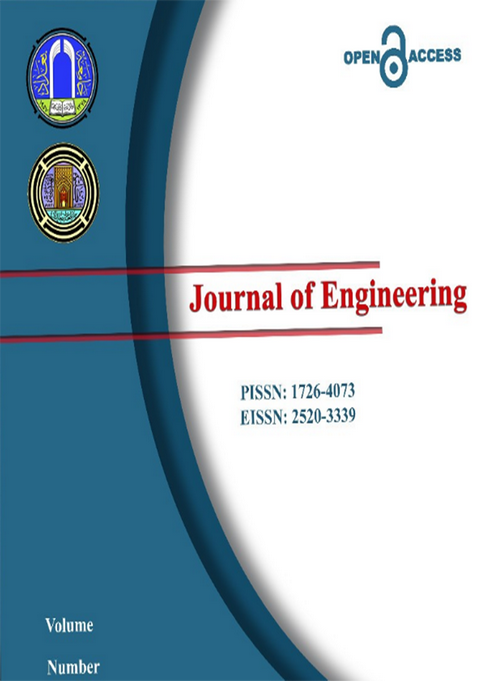Abstract
The performance of sewage pump stations is affected by many factors throughout their operational time, which can lead to undesired transportation efficiency. This paper focuses on the use of artificial neural network (ANN) and multiple linear regression (MLR) models for predicting the performance of a major sewage pump station in Baghdad city. The data used in this work were obtained from Al-Habibia sewage pump station over a period of three years in the Al-Karkh district, Baghdad. The pumping capability of the stations was evaluated by considering the influent input importance of discharge, total suspended solids (TSS), and biological oxygen demand (BOD). Additionally, chemical oxygen demand (COD), pH, and chloride (Cl) were also considered. The proposed model's performance was compared using the correlation coefficient (r). The suitable structure design of the neural network model was examined through various trials, errors, preparations, and evaluation steps. Two prediction models of organic and sediment loading were presented. The results indicated that the estimation of organic and sediment loading by the ANN model could be successful. Moreover, the results showed that the influent discharge rate had a more significant effect on predicting organic and sediment loading compared to other parameters.
Keywords
Flow rate
modelling
Organic load
Sediment Load
sewage pump station
